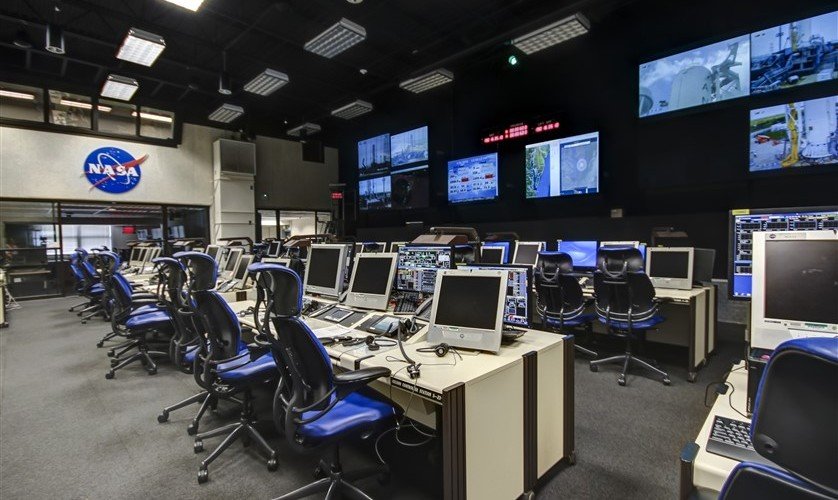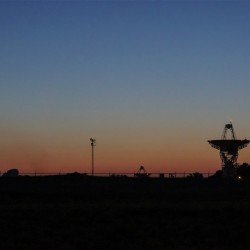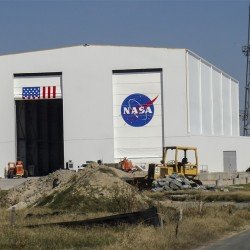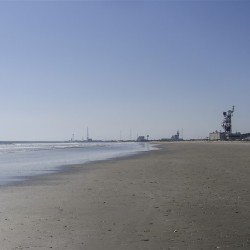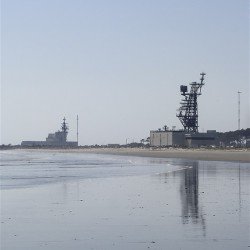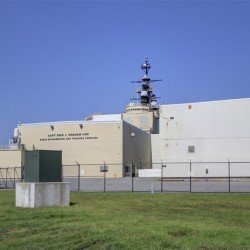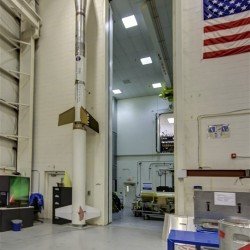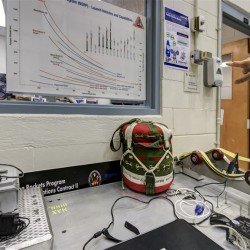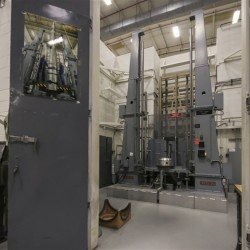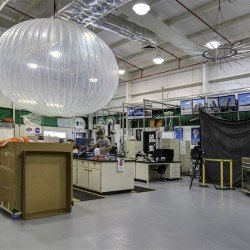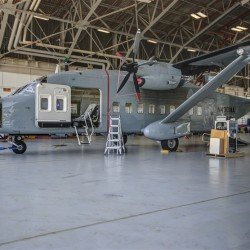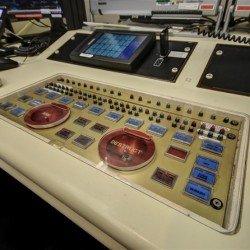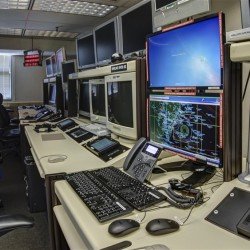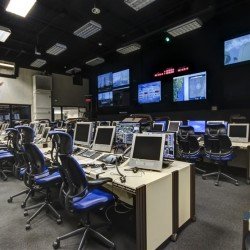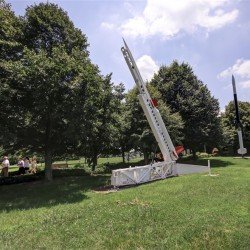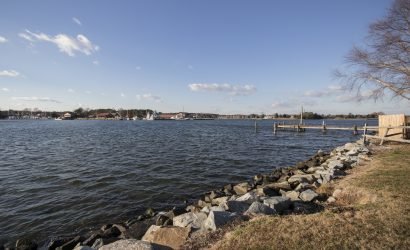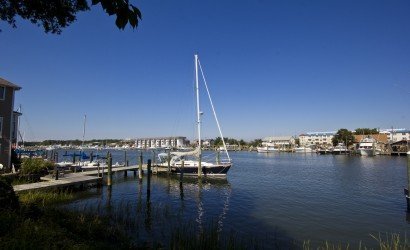As a frequent visitor of Chincoteague, I often pass by NASA’s Wallops Flight Facility, looking beyond the fences, wondering what secrets are held within. A few weeks ago we stepped behind the scenes with Keith Koehler, a Public Affairs Specialist at Wallops, and took a tour of the facility.
When driving towards Chincoteague on Route 175, you can see sprawling grounds with satellite dishes and a few buildings in the distance, but this is only a piece of Wallops Flight Facility’s grounds. Launches actually take place on their oceanfront property, affectionately named “the island”, just south of Assateague Island. In total, Wallops Flight Facility has 6,000 acres between the island and the main base. Around 1,100 people on the Eastern Shore are employed by NASA, and there are about 600 additional people employed at and around the base by the Navy, Coast Guard, NOAA, Orbital ATK and the Mid-Atlantic Regional Spaceport.
Wallops Flight Facility started launching rockets in 1945, and at the time there was no road to the island. Instead, employees would catch a ferry to work. In the event that a day at work turned into a long night, employees could rent a cot and get a hot meal on the island for 75 cents. The road to the island was built in the 1960’s.
Today, Wallops launches 2 – 3 orbital rockets per year and up to 10 suborbital rockets. Orbital rockets are expensive and travel at a higher velocity. An example of an orbital rocket would be one heading to the Space Station with supplies. Suborbital rockets fly at slower speeds and eventually come back into the Earth’s atmosphere where they will either burn or fall into the ocean. A sounding rocket is an example of a suborbital rocket. Sounding rockets are aimed from the launch site, but are unguided and subject to winds.
Wallops Flight Facility is responsible for the rocket construction, safety and launches, but the scientific experiments that the rockets contain actually come from external organizations and students. The scope of the experiments vary greatly, and scientists are given a small area of the rocket that their projects must fit within.
During a rocket launch, the island portion of the base is evacuated with the exception of security and launch pad workers. Even range safety is located on the main base, carefully overlooking cameras of the launch site, tracking boat traffic and monitoring weather conditions to ensure the safety of countless lives. Prior to launch, range safety officers determine hazard areas. They ensure the hazard areas are clear of aircraft and boats before launching – a task that is easier said than done! This group is also in charge of the red button, a controlled termination button that triggers strategically placed explosives, designed to destroy a minimal amount of the rocket in the event of a launch gone awry. Check out our pictures of the mission control center and infamous red button (which is actually a switch, but still equally as cool in our eyes).
We also learned a bit about Wallops’ balloon program, and were surprised to learn that the balloons were large enough to hold the entire Arthur W. Perdue baseball stadium inside of them, and carry payloads of up to 8,000 pounds. Flight times generally last 12 to 24 hours. Wallops orchestrates about 15 balloon launches per year, but unfortunately we won’t see any of them on our shores. Balloon launches require large, unpopulated areas, and are often done in places like New Mexico, Texas, New Zealand and Antarctica.
Even though we can’t easily witness a balloon launch, you can view rocket launches throughout the year. The next rocket launch is slated to take place from 6:00am – 10:00am on August 16th. This launch is a suborbital sounding rocket and will likely be able to be seen from the Eastern Shore of Virginia to Southern Delaware. Sounding rockets have two stages that can be seen by the smoke trails symbolic of a launch. The first stage lasts until about 15 seconds after launch. The second stage lasts approximately 45 seconds. A minute after launch, the rocket becomes barely visible during the day.
Viewing conditions are best when launches are scheduled at night, or on the edges of daylight. Mid-day launches are difficult to see from great distances. The team at Wallops estimates the viewing range prior to a launch, but after a launch they track social media to determine the actual viewing range.
Launches can always be viewed from the Wallops Flight Facility Visitor Center on Route 175, where they have speakers and screens to view the rocket on site. Be sure to get there early! Parking is limited, and highly anticipated launches can draw a crowd of up to 1,000 people. At times, Assateague Island National Seashore’s Virginia beach is also open with speakers and screens on site for viewing. While these are the official viewing areas, launches can be seen from many wide open locations on the Eastern Shore. If you’re not in the area you can also watch the launch at http://www.ustream.tv/channel/nasa-wff.






